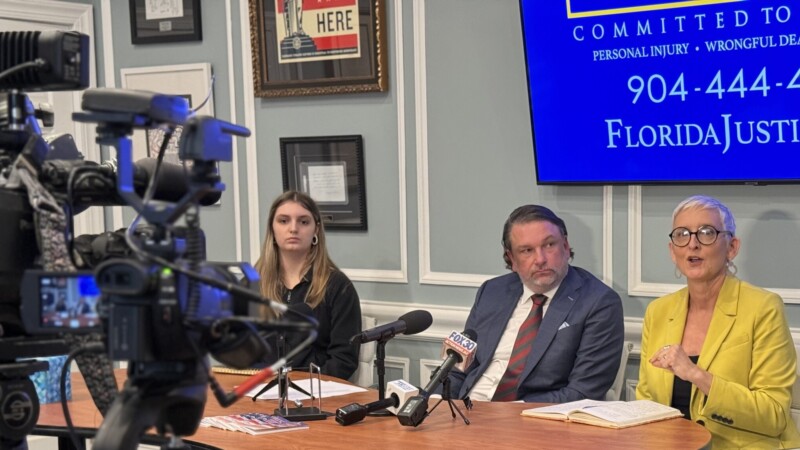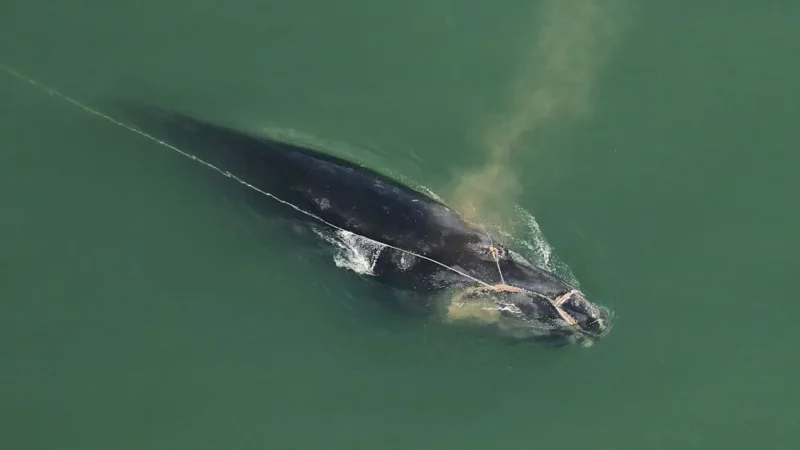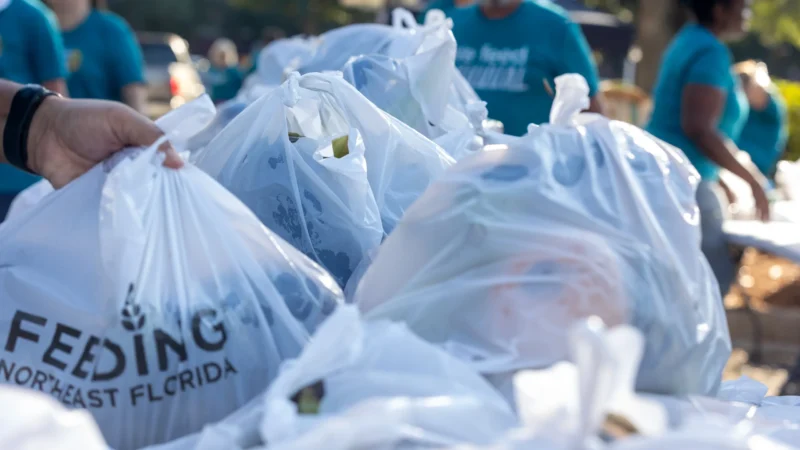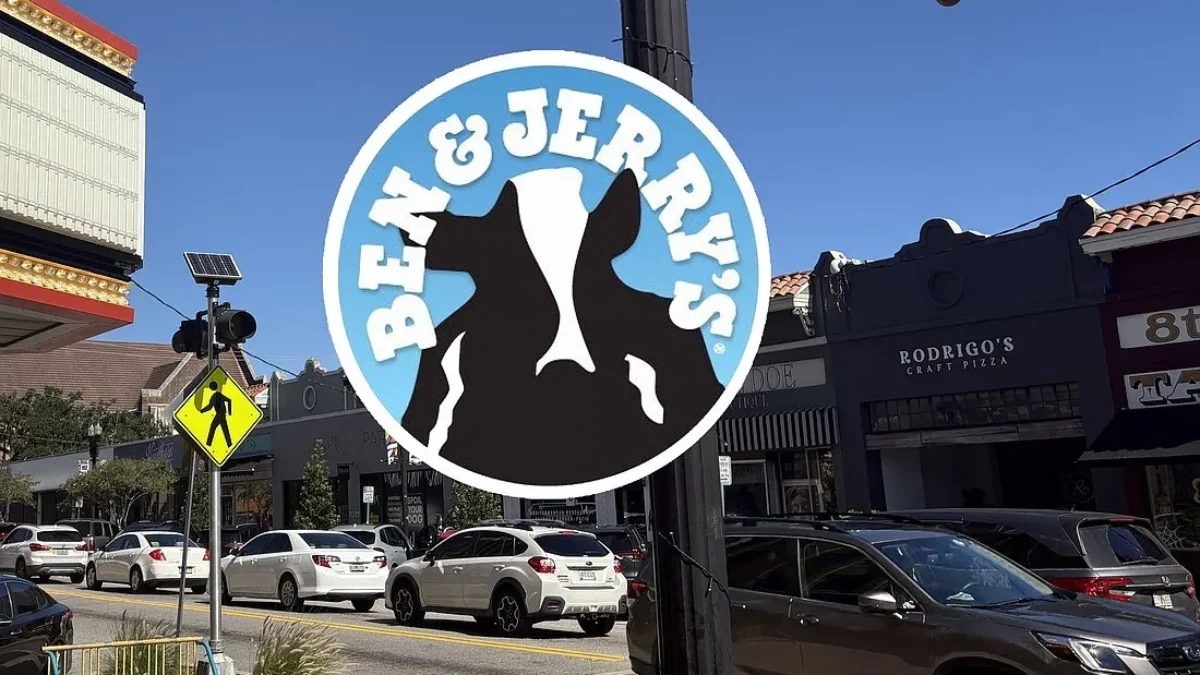The St. Johns County Commission on Tuesday adopted an impact fee on developers to help pay for the acquisition of sensitive conservation land.
The new fee will be phased in over five years beginning next year.
Developers pay impact fees to offset the effects of new housing, hotels and other growth on infrastructure like roads and schools.
The county plans to levy the maximum impact fee allowed under Florida law, but the Board of County Commissioners agreed to start the fee next year at 50% and gradually phase it in over five years.
The conservation and open space impact fee would be levied on the builders of residences based on square footage. Once the fee is fully phased in, a 1,000-square-foot home, for example, would require an extra $300 from the developer, while a 3,000-square-foot home would require an extra $772.
At its maximum, the fee is estimated to generate around $3 million annually that could be used to acquire and improve conservation lands for use as passive parks or trails.
The new fee comes as part of the county’s revision to its impact fee schedule made once every five years. The County Commission has spent the last several months working out the specifics of the fees, and members of the public have overwhelmingly called on the county to approve the conservation fee.
Debating the fee
Proponents say the fee gives the county another tool to purchase sensitive land and keep it from being developed.
Speaking during the discussion last month, Matanzas Riverkeeper Executive Director Jen Lomberk was among the supporters of the new fee.
Lomberk says the money generated by the fee can help pay for parcels the county has identified as priorities for its Land Acquisition and Management Program, especially considering that the county does not have near enough money to afford all of those parcels right now.
“This is something that’s really important to the residents of St. Johns County,” Lomberk said. “The need is there.”
The only speaker who opposed the measure was Austin Nicklas, representing the Northeast Florida Builders Association.
Nicklas said his organization believes the implementation of a new impact fee would run afoul of a new state law that blocks the implementation of policies that are more “burdensome and restrictive” than existing rules for several years.
“Adding an entirely new impact fee would definitely be more burdensome than the current impact fee ordinance, in our opinion,” Nicklas said.
He argued for considering a conservation tax on homeowners like the one approved by Clay County voters last year.
The county’s impact fee ordinance also includes provisions that encourage the construction of affordable housing by allowing developers to bypass fees if housing is built for people below a certain income.







